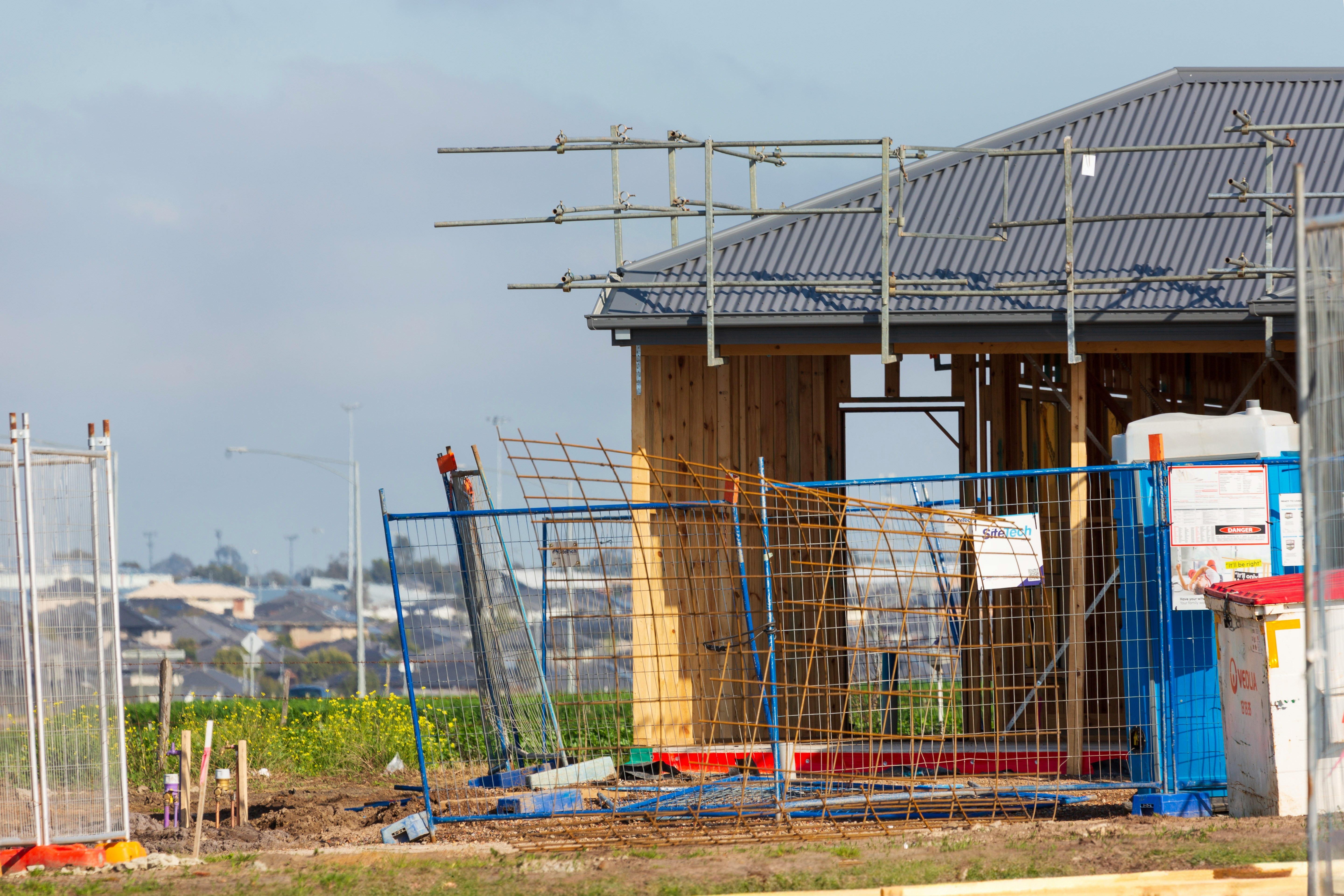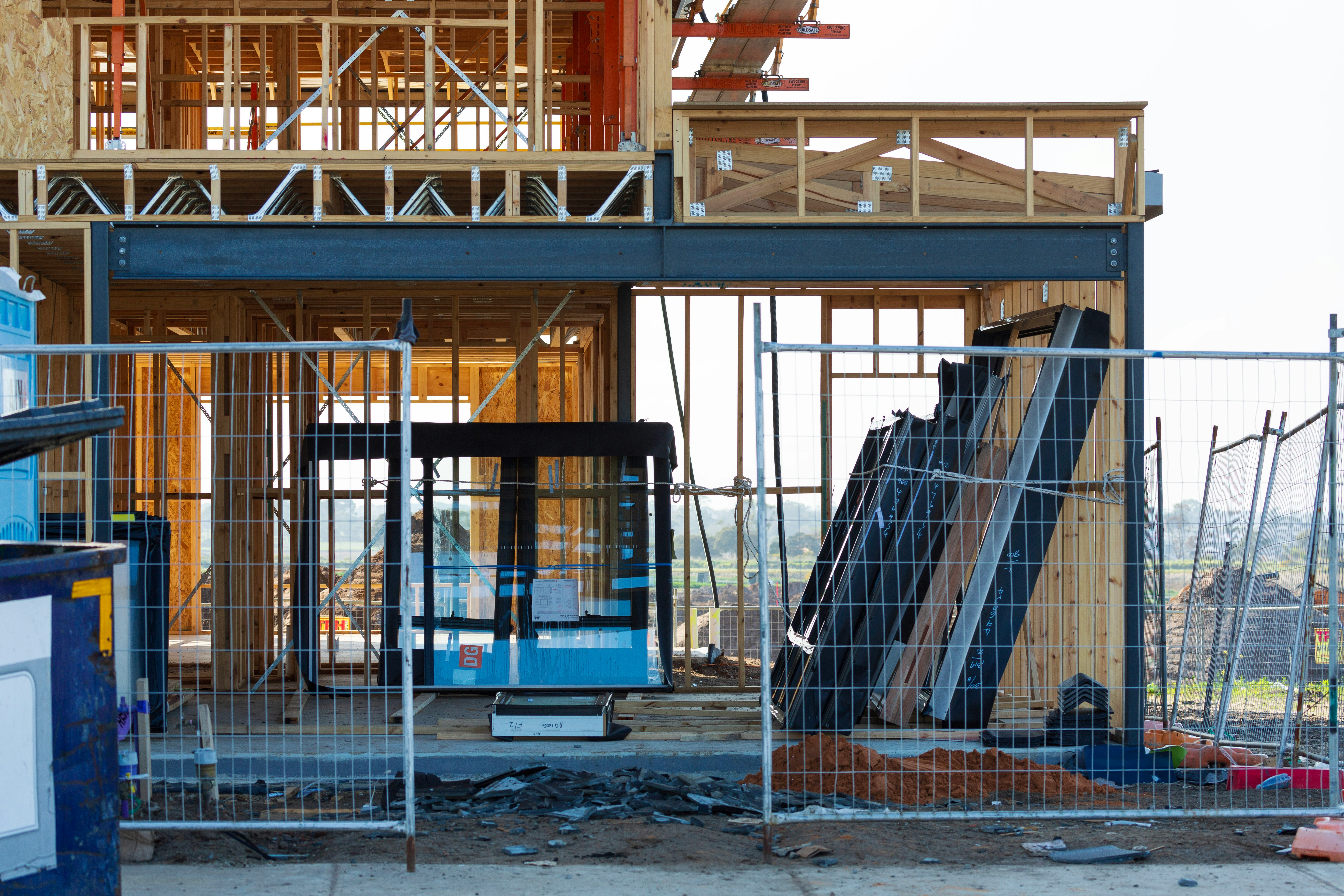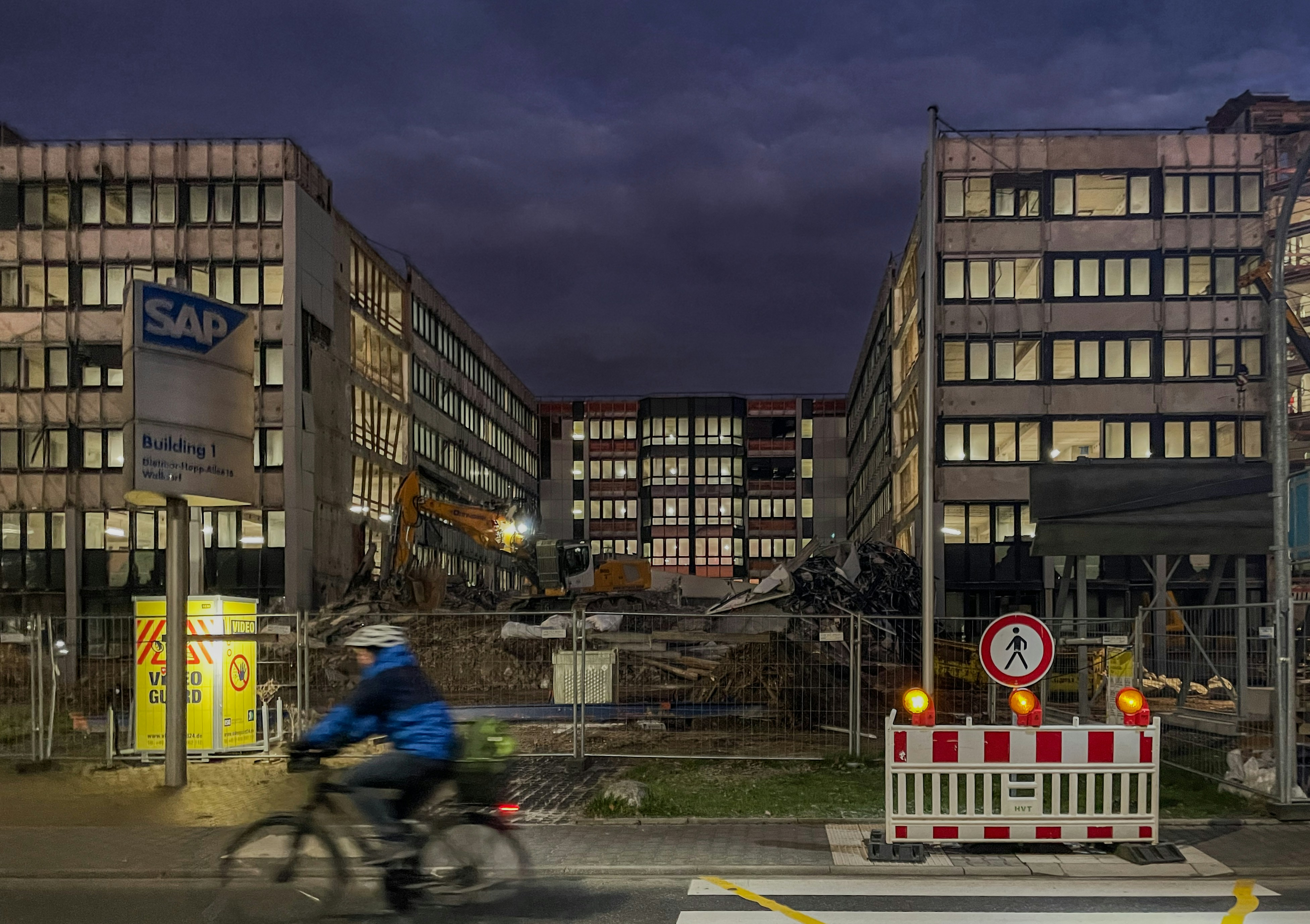Temporary Fencing Panel: 6 Key Benefits for Construction Sites
Construction sites carry a danger of environmental contamination and fatal injuries regardless of whether they are in residential zones or not. This risk is reduced by using proper sectioning and enforcing safety requirements. Because of this, temporary fencing around building sites has been the norm in the sector. Most residential and commercial building sites must be gated off, particularly during excavation and explosion.
The next step is to choose which kind of fencing will work best for your perimeter and be reasonably priced and long-lasting. Depending on the building site, different temporary fencing services can provide a solution for each work at any budget. Numerous businesses in the sector could provide temporary fencing along with installation, prompt delivery, and customized solutions at competitive costs.

The six benefits of erecting temporary fencing around your building site, in terms of both cost and safety, are mentioned below.
1. Trash management on construction sites
Waste is produced in significant quantities by excavation operations on all construction sites. These consist of materials and trash such as chemicals, electrical wiring, concrete, scrap metal, wood, and insulation. When there are no barriers to keep the building site contained, such as during storms, these waste materials are blown or washed into the nearby neighborhood. Options for temporary fence panels, such as shade cloths or silt barriers, lessen the dissemination of dangers and trash. Even in places with strong winds or moisture, the fencing serves as a protective barrier for work sites.
2. The management of liabilities
A temporary fencing panel lets supervisors keep a close eye on a building site because letting the public wander about it poses a severe risk. Fences are also essential to deter loiterers and taggers who might disregard warning signs. By building a temporary fence around your construction site, you can avoid privacy concerns and unlawful trespassers. The fencing can be swiftly removed once the job is over, yet it still maintains its strength and durability. The limits of the site can be firmly defined with variable sizes and support strays, enabling safe and controlled access to the region.
3. Limiting entry to hazardous areas
Both residential and commercial properties are fenced off to prevent unwanted entry by the public because they present various risks. In order to prevent hazardous or even fatal situations, only authorized individuals are allowed on the site during construction activities.

Comparably, big equipment like concrete mixers, tractors, and haulers can seriously injure people if they operate near or by the general public, particularly in residential areas. The risk of not properly fencing off the work area increases in inclement weather or disaster-prone places. Selecting temporary fence panels that are strong enough to endure severe weather and circumstances and have the correct height and width measures might limit public access to the location.
4. Better Project Administration
Temporary fences are essential to project management because they give the building site a defined perimeter. They aid in determining the workspace and maintaining its boundaries with nearby properties and public areas. This boundary helps to improve project management by lowering the possibility of encroachment or conflicts with other properties. A visible barrier also serves as a visual cue to visitors and employees about the limits of the construction site, improving adherence to safety procedures and lowering the likelihood of mishaps. There are many advantages to temporary fencing for building projects. These fences are essential to the seamless completion of building projects because they offer several benefits, including increased security, cost-effectiveness, flexibility, and regulatory compliance. Construction organizations can reduce long-term expenses, enhance project management, and create a safer work environment by using temporary fencing.
5. Cost Effectiveness
A lot of fencing is frequently needed on construction sites, and after use, it may get worn out or damaged, especially on lengthy projects. It can be expensive to purchase permanent fencing that is only wide enough for the area, and it is frequently not future-proof in terms of height or breadth. On the other hand, temporary fencing may be hired on a project-by-project basis and is a cost-effective solution for any size and type of fence.
6. Installing Fence Panels Is Easy

Compared to typical fences, temporary fences weigh a lot less because they are constructed of a lightweight material. These barriers are a perfect choice for construction sites and temporary events due to their lightweight design. Because of its weight, transportation expenses are also significantly reduced. They can be used repeatedly because they are not affixed to the ground permanently. The expense of purchasing new barriers will be avoided as a result. Owing to its usefulness, the portable barrier offers secure area demarcation with a single device, making it an economical investment for the industry and logistics sector.
- It is kept in the least amount of room.
- It can be carried by one person.
This helpful approach works well for limiting regions of machinery that are being repaired during a trial period while new equipment is installed when maintaining or repairing infrastructure.
Ultimately!
In the end, any ongoing construction site is a liability waiting to happen. The installation of a temporary fence significantly reduces risk and fosters a secure work environment. Whether you're working on a project for a few hours on a weekend or have a dedicated workspace, such equipment would offer an instant solution.